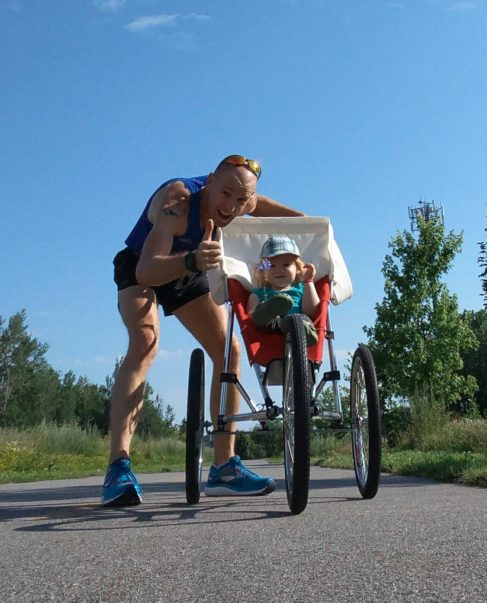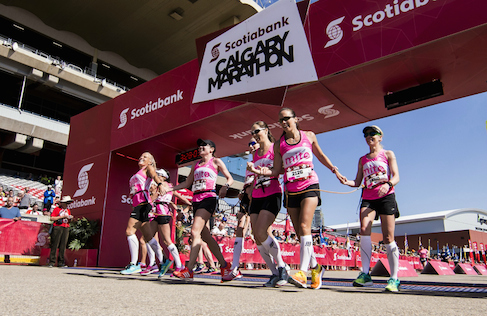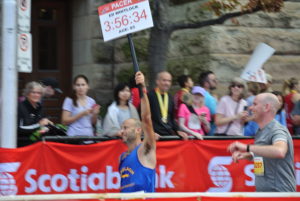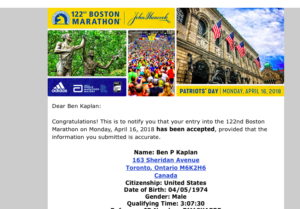Whenever I go to a fancy Italian restaurant, I look for a cavatelli pasta dish with a nice, meaty ragù. It’s one of my favourite dishes that I would never make at home. After speaking to many chefs about it, I decided to attempt it on my own. My fear was that I wouldn’t achieve a ragù that was as tasty and it’s a bit of a time investment I wasn’t confident to take just yet. After trying this recipe, I was blown away at how easy it actually is! I’ve developed a really simple recipe that home cooks at all skill levels can try and I’ve done it with both lamb and pork.
This rich and meaty sauce is a perfect meal during the cold winter months. I love to cook it low and slow — it’s the best way! I have tested and tasted the lamb ragù after 2 hours of cooking but the meat didn’t pull apart easily at this point and I found that the flavours haven’t penetrated the meat yet. Three hours is the ideal cooking time.
If you’re short for time, the pork variation is a great option! This variation takes just under 2 hours instead of 3 and is really delicious! I used LiberTerre pork for this recipe because their pork has generous marbling (fat to meat ratio) so the result is tender, juicy, great tasting pork.
For the lamb variation I used boneless lamb shoulder. I have tried this recipe using lambs neck as well and it is really tasty so if you can get your hands on some, give it a try as well!
Easy Braised Pork Ragù
Serves: 4 Time: 2 hours 30 minutes
INGREDIENTS
Extra-virgin Olive Oil
3 lbs LiberTerre Pork Shoulder, de-boned and cut into large chunks (Trim any rind and thick layers of fat)
2 onions, diced
6 cloves garlic, crushed
1 large carrot, chopped
3 ribs celery, chopped
1 bay leaf
2 sprigs fresh thyme
2 sprigs fresh Oregano
1 cup white wine
½ cup chicken stock
1 28oz can of crushed tomatoes
Salt and pepper, to taste
1 450g bag of pasta (Penne, orecchiette or cavatelli pasta)
Parmesan Cheese for serving
DIRECTIONS
ONE: Cut and prepare all of your vegetables and set aside (onion, garlic, carrots and celery). Wash and tie the herbs (thyme, oregano and bay leaf) into a bundle using kitchen twine. Pat the pork pieces dry with a paper towel (you will get a better sear on the meat if you remove the moisture). Liberally coat the pork pieces with salt and pepper.
TWO: Heat a heavy bottomed sauce pot coated with olive oil over medium-high heat until hot but not smoking. Begin to sear both sides of your pork pieces being sure not to crowd the pot (about 3 minutes per side). You may do this part in several batches as you want to make sure you have a nice sear on the pork. Remove the meat from the pot and set aside.
THREE: Add your vegetables and herb bundle to the pot and cook until the vegetables have softened (about 8 minutes). Add the wine to the pot and use a wooden spoon to scrape any brown bits from the bottom of the pot. Bring the wine to a simmer and continue to cook until the liquid has reduced by half (about 6-10 minutes).
FOUR: Add tomato sauce and chicken stock to the pot and bring to a boil. Lower the heat so that the sauce is just simmering and nestle the pork pieces into the sauce. Cook on very low heat for about 1 hour and 45 minutes to 2 hours, being sure to stir the sauce every 30 minutes or until the pork pieces pull apart easily with a fork. Remove the pork from the pot and put onto a plate. Remove the herb bundle from the pot and discard. Using two forks, shred the pork into bite-sized pieces. Return the shredded pork to the sauce and keep warm over very low heat.
FIVE: Cook your pasta according to package directions. Toss the cooked pasta with the pork ragù to coat the pasta. Serve hot with a drizzle of olive oil and Parmesan cheese shavings on top.
Easy Braised Lamb Ragù
Serves: 4 Total Time: 3 hours 30 mins
INGREDIENTS
Extra-virgin Olive Oil
2 lbs LiberTerre Lamb Shoulder, de-boned and cut into large chunks
2 onions, diced
6 cloves garlic, crushed
1 large carrot, chopped
3 ribs celery, chopped
1 bay leaf
2 sprigs fresh rosemary
2 sprigs fresh thyme
2 sprigs fresh oregano
1 cup dry red wine
1 28oz can of crushed tomatoes
Salt and pepper, to taste
1 450g bag of cavatelli pasta
Pecorino or Parmesan Cheese
DIRECTIONS
ONE: Cut and prepare all of your vegetables and set aside (onion, garlic, carrots and celery). Wash and tie the herbs (rosemary, thyme, oregano and bay leaf) into a bundle using kitchen twine. Pat the lamb pieces dry with a paper towel (you will get a better sear on the meat if you remove the moisture). Liberally coat the lamb pieces with salt and pepper.
TWO: Heat a heavy bottomed sauce pot coated with olive oil over medium-high heat until hot but not smoking. Begin to sear both sides of your lamb pieces being sure not to crowd the pot (about 3 minutes per side). You may do this part in several batches as you want to make sure you have a nice sear on the lamb. Remove the meat from the pot and set aside.
THREE: Add your onions to the pot until softened (about 1 minute) and then add the rest of the vegetables and herbs (bay leaf, thyme oregano and rosemary) and cook until the vegetables have softened (another 5 – 8 minutes). Add the wine to the pot and use a wooden spoon to scrape any brown bits from the bottom of the pot. Bring the wine to a simmer and continue to cook until the liquid has reduced by half.
FOUR: Add tomato sauce to the pot and bring to a boil. Lower the heat so that the sauce is just simmering and nestle the lamb pieces into the sauce. Cook on low heat for about 2 and a half to 3 hours, being sure to stir the sauce every 30 minutes or so. If you find that your sauce gets too thick before the pork is tender, add a little bit of water to loosen up the sauce and continue to cook. When the lamb pieces pull apart easily with a fork, you know the ragù is ready. Remove the lamb from the pot and put onto a plate. Remove the herb bundle from the pot and discard. Using two forks, shred the lamb into bite-sized pieces. Return the shredded lamb to the sauce and keep warm over very low heat.
FIVE: Cook your cavatelli pasta according to package directions. Toss the cooked pasta with the lamb ragù to coat the cavatelli. Serve hot with a drizzle of olive oil and pecorino or parmesan cheese shavings on top.
Julie Miguel is an iRun food contributor, where you’ll find a selection of weekly recipes and food ideas. She is a home cook, and food influencer and has worked with a national television, print and online media outlets. You can also follow her food discoveries and travel adventures at Daily Tiramisu.















 Our Magazine
Our Magazine Previous Release
Previous Release
